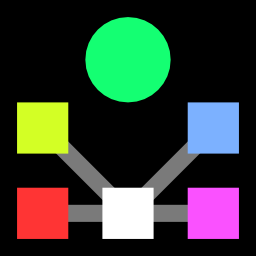 KONECT ‣ Networks ‣
Buy Me a Coffee
KONECT ‣ Networks ‣
Buy Me a Coffee
This undirected network contains contacts between suspected terrorists involved in the train bombing of Madrid on March 11, 2004 as reconstructed from newspapers. A node represents a terrorist and an edge between two terrorists shows that there was a contact between the two terroists. The edge weights denote how 'strong' a connection was. This includes friendship and co-participating in training camps or previous attacks.
| Code | Mt
| |
| Internal name | moreno_train
| |
| Name | Train bombing | |
| Data source | http://moreno.ss.uci.edu/data.html#train | |
| Availability | Dataset is available for download | |
| Consistency check | Dataset passed all tests | |
| Category | Human social network | |
| Node meaning | Terrorist | |
| Edge meaning | Contact | |
| Network format | Unipartite, undirected | |
| Edge type | Positive weights, no multiple edges | |
| Loops | Does not contain loops |
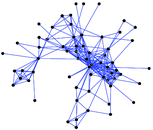
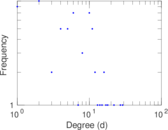
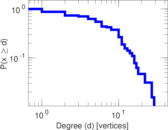

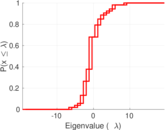

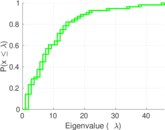


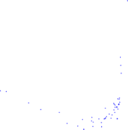
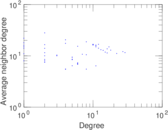
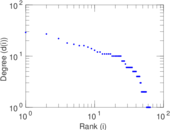
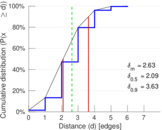

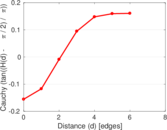
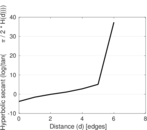

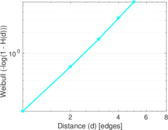
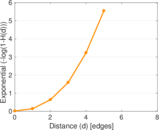
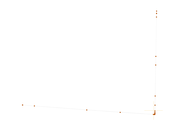
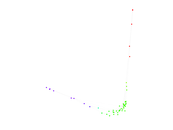
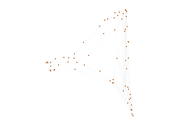
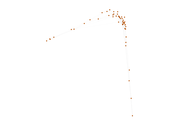
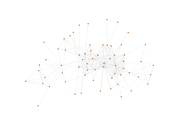
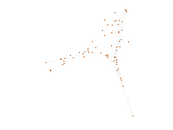
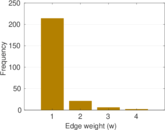
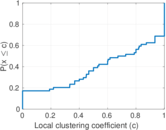
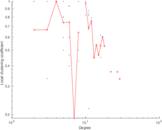
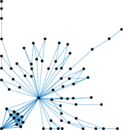
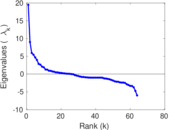
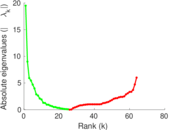

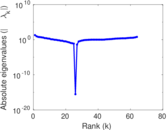
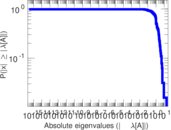
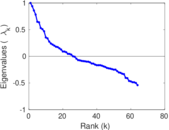
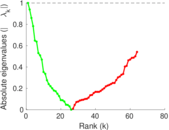
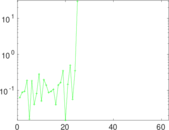

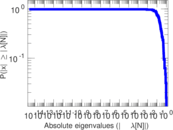
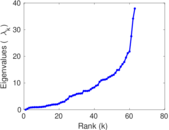
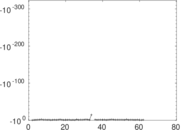
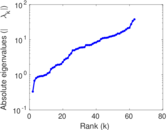
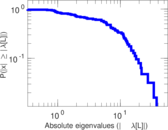
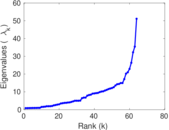
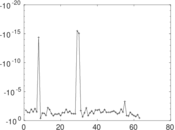
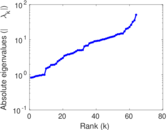
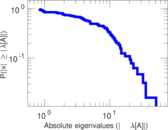
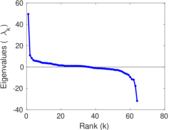
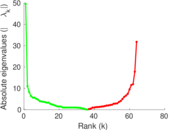

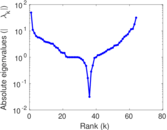
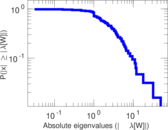
| [1] | Jérôme Kunegis. KONECT – The Koblenz Network Collection. In Proc. Int. Conf. on World Wide Web Companion, pages 1343–1350, 2013. [ http ] |
| [2] | Brian Hayes. Connecting the dots. can the tools of graph theory and social-network studies unravel the next big plot? Am. Scientist, 94(5):400–404, 2006. |